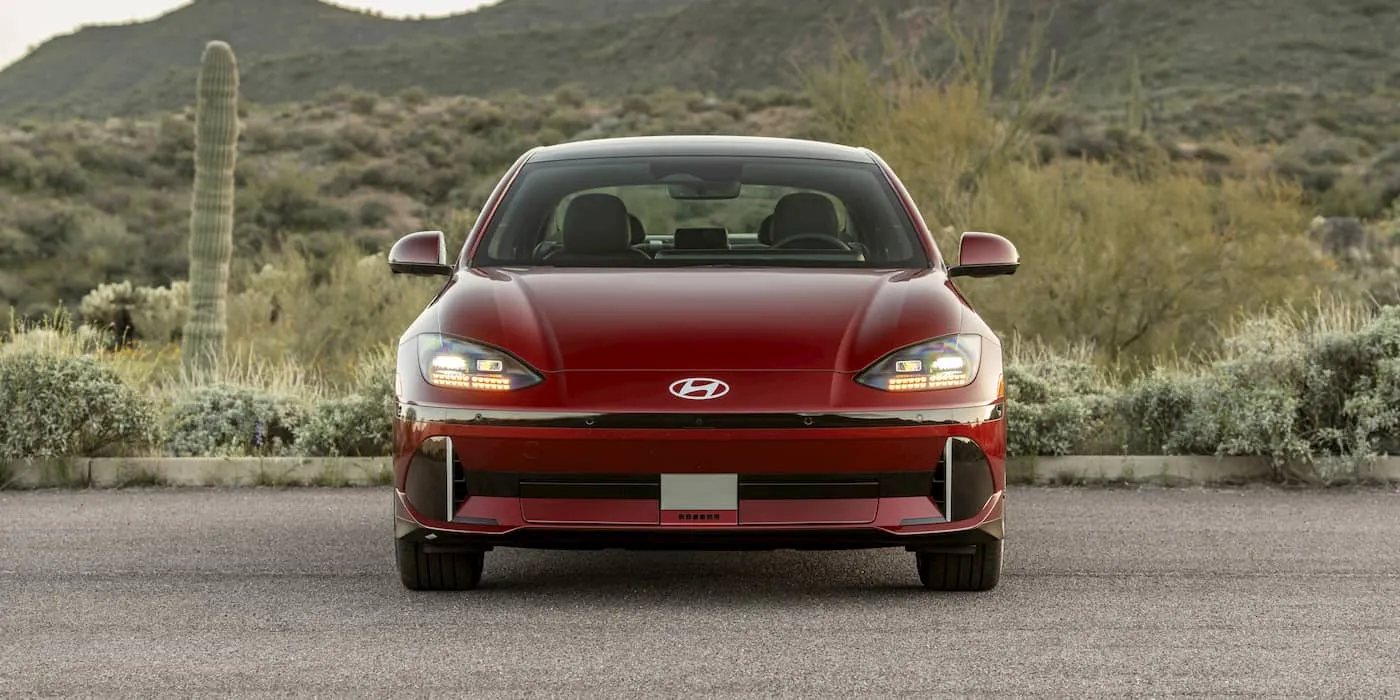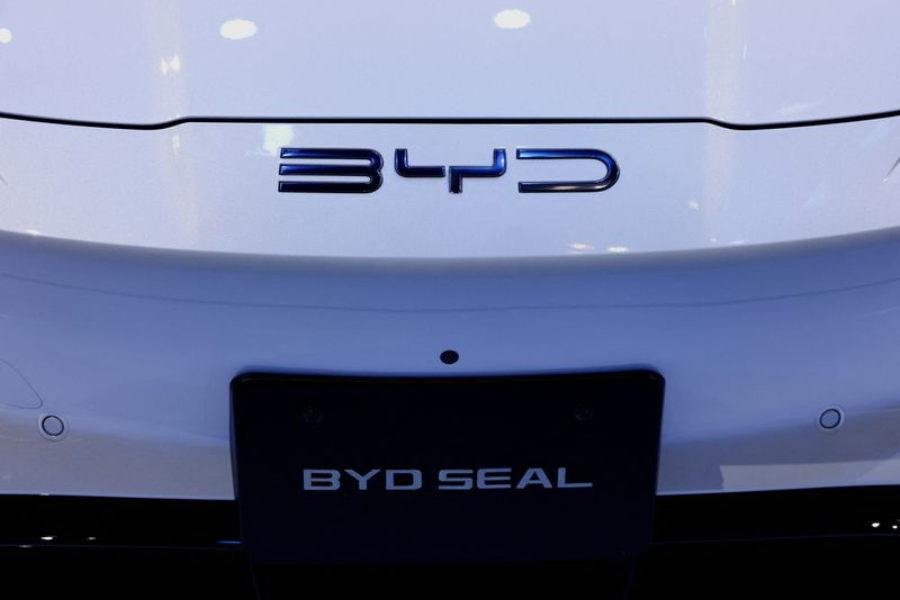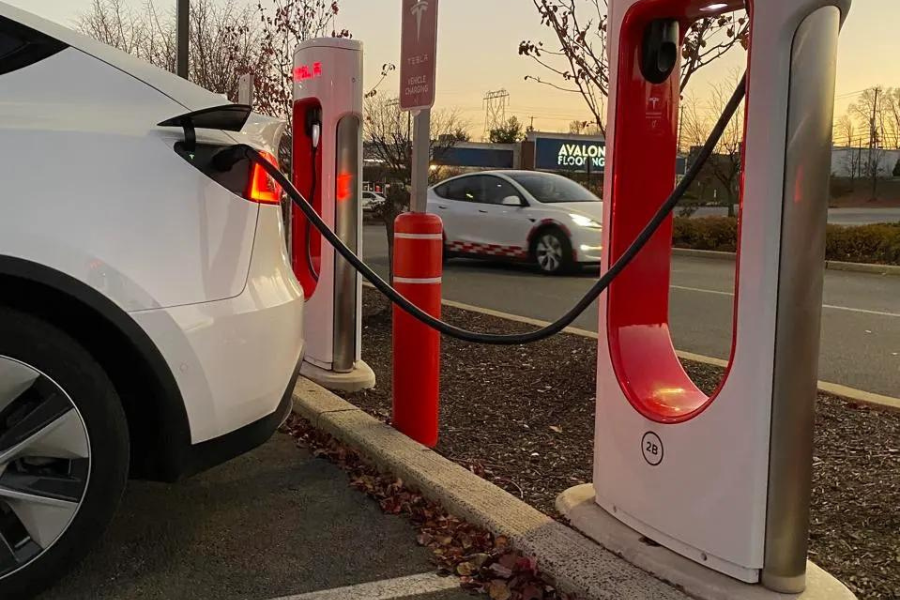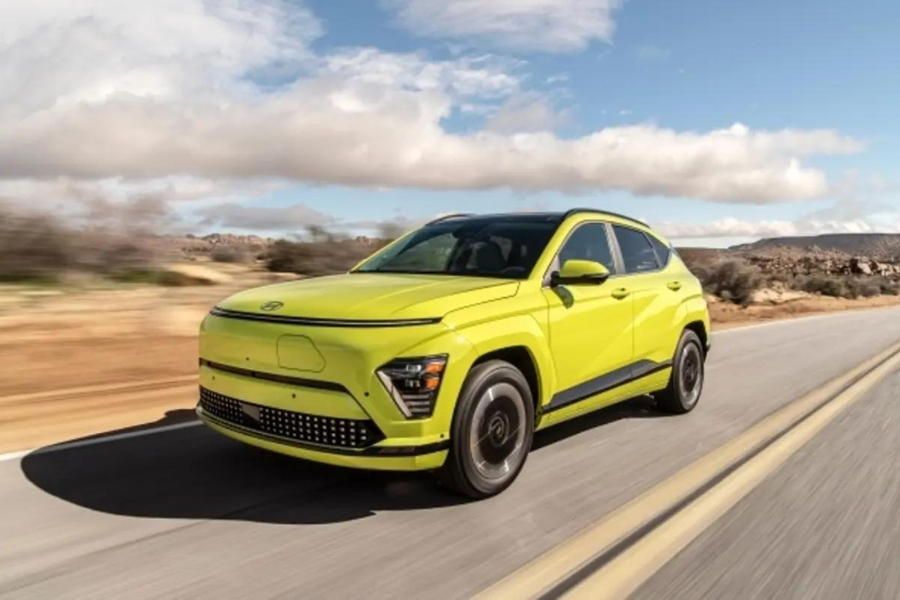In 1968, Dionne Warwick released a song titled “Do You Know The Way To San Jose,” exploring how pursuing fame and success can divert individuals from their roots. The song touches on Los Angeles being a magnet for fortune seekers who flock there in search of success and how the first thing they do is “put a hundred down and buy a car.” However, the days of affordable cars are long gone, mainly due to the rise of SUVs, according to a report by The Guardian.
The average new car in the United States now sells for nearly $49,000, with the average used car listing at over $26,000. This represents a 31% increase for new cars and almost a 40% increase for used cars since 2020, as per data from Cox Automotive.
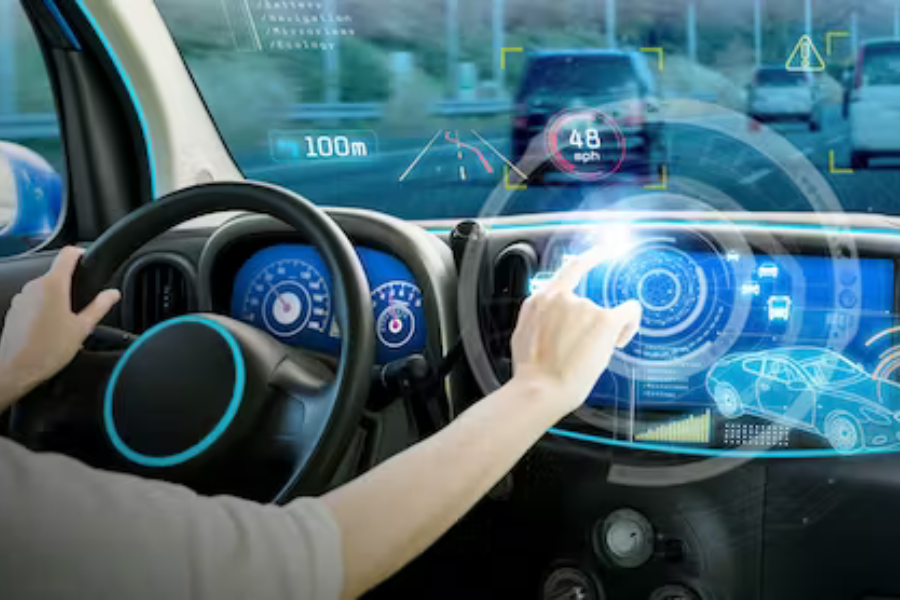
Despite easing inflation and supply chain issues during the pandemic, these increases have made the total cost of ownership prohibitively high for some, limiting access to a car in a nation with less available public transportation than in many other countries. This lack of access significantly restricts employment and educational opportunities.
Brian Moody, a senior editor at Kelley Blue Book, notes that automakers used the pandemic to shift towards higher-profit-margin models. Instead of focusing on small cars and base models, they moved towards luxury cars and fully loaded SUV models, resulting in what some industry observers call “inflation.” This shift has turned the US new vehicle market into more of a luxury market, a “seismic shift” that many find challenging.
Despite the challenges faced by consumers, automakers are reporting record profits. The auto companies saw the COVID-19 pandemic as an opportunity, as shrinking production due to supply chain issues meant buyers were willing to pay more for new cars.
This low inventory provided an “opportunity to drive strong margins,” according to GM CEO Mary Barra. Ford CEO Jim Farley expressed a similar sentiment, emphasizing the benefits of running their business with a lower day supply.
The rising costs aren’t limited to the initial purchase; the ownership costs are also rising. Basic maintenance tasks such as an oil change can now cost over $100, tires are 50% more expensive than a few years ago, and even car wash prices have increased.
Additionally, car insurance costs have skyrocketed, with the average cost rising more than 14% between 2021 and 2022, followed by another 20% increase by the end of 2023, marking the most significant one-year increase since the 1970s.
Rapid increases in insurance costs are attributed to the rising expenses of vehicles and maintenance, along with the growing impact of the climate crisis on cars. The trend towards massive vehicles like SUVs and light-duty trucks exacerbates the climate crisis, further affecting auto insurance premiums. The push towards electric cars is essential to addressing climate change’s long-term impact on auto insurance.
Despite the challenges, efforts to improve public transportation in the United States face obstacles. Transit usage remains lower than pre-pandemic levels, and with federal grants set to expire, transit authorities are planning service cuts. The Biden administration’s investments in rail improvements are met with opposition from conservatives, complicating efforts to enhance public transportation.
Urban planners like David King, an associate professor of urban planning at Arizona State University, emphasize the importance of making cars more affordable in the short run, proposing “universal auto access.” This involves government subsidies for lower-income individuals to buy or maintain cars and incentives and regulations to encourage manufacturers to produce smaller, more affordable electric vehicles.
In conclusion, the rising costs of car ownership in the US, driven by increased vehicle prices, maintenance expenses, and insurance premiums, pose challenges to consumers. Automakers’ shift towards luxury cars and SUV models has contributed to what some call a “seismic shift” in the US new vehicle market.
Efforts to improve public transportation face obstacles, making affordable car access crucial for many Americans, particularly those at the margins of the economy. The SUV trend, often viewed as a status symbol, symbolizes broader economic and social changes, impacting access to employment and educational opportunities. The ongoing challenges highlight the need for pragmatic solutions to ensure wider access to transportation options while working towards a more sustainable future.

